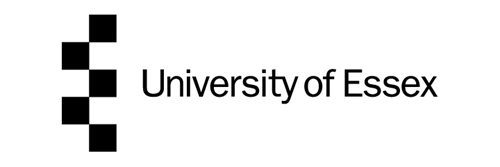Reflections on the project
Dr Stella Bolaki:
"At the start of my collaboration with Samantha I was struck by the research I encountered onthe life story book (LSB). Adoptees have a legal right to access information about their backgrounds and personal history. The LSB, often created by caseworkers, parents and the adopted child, is a valuable tool that serves as such a record and can support adopted children’s wellbeing.
LSBs originally took the form of scrapbooks and have similarities with artists’ booksin that they incorporate textual and visual material. I was intrigued to explore if the artist’s bookcan serve a similar purpose for birth mothers whose voices have been ‘silenced’ in adoption research. Can it serve as a vehicle of self-exploration to process difficult experiences or as a tool for self-advocacy and social justice?
As a workshop facilitator I was humbled and impressed by the book structures participants created to communicate lived experiences of having their children removed. Such experiences often associated with trauma, stigma and shame are difficult to share, but the advantage of anartist’s book is that it captures through colour, texture and layout ideas and feelings that wordsalone are often inadequate to express.
Despite the differences in their stories, the participants’ books become means of breaking the silence and claiming agency and authority by prioritising their voices, perspectives, and feelings. These are intimate artworks that show how creating awhole, by putting the images and text together for a book, can feel like a meditative, healing and cathartic experience.
The books participants made powerfully reveal the profound long-term effects of adoption on their lives. They are honest and courageous works that can be shared with others to raise awareness, create solidarity, and shape the support mothers with similar experiences receive from local authorities and professionals in the future".





